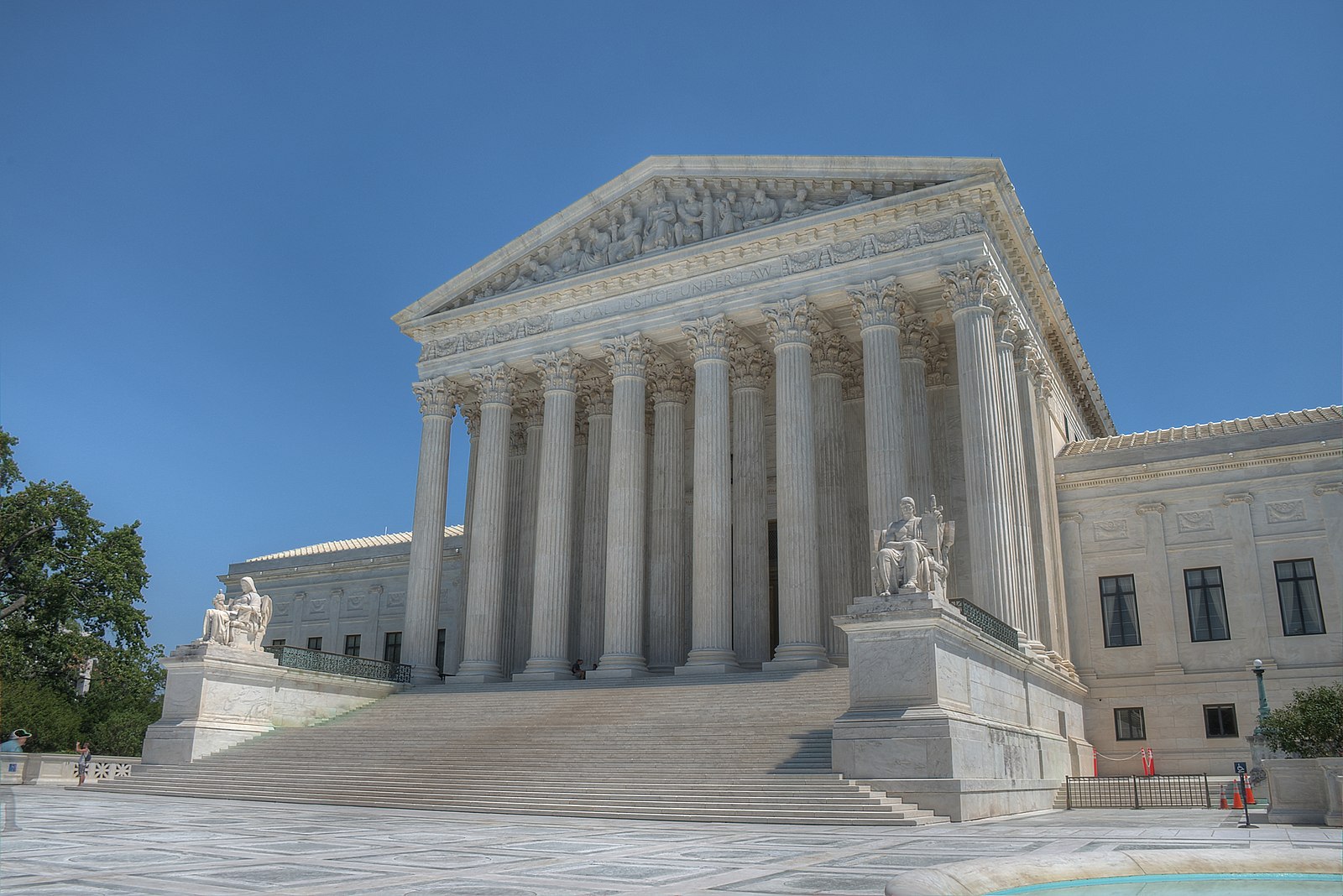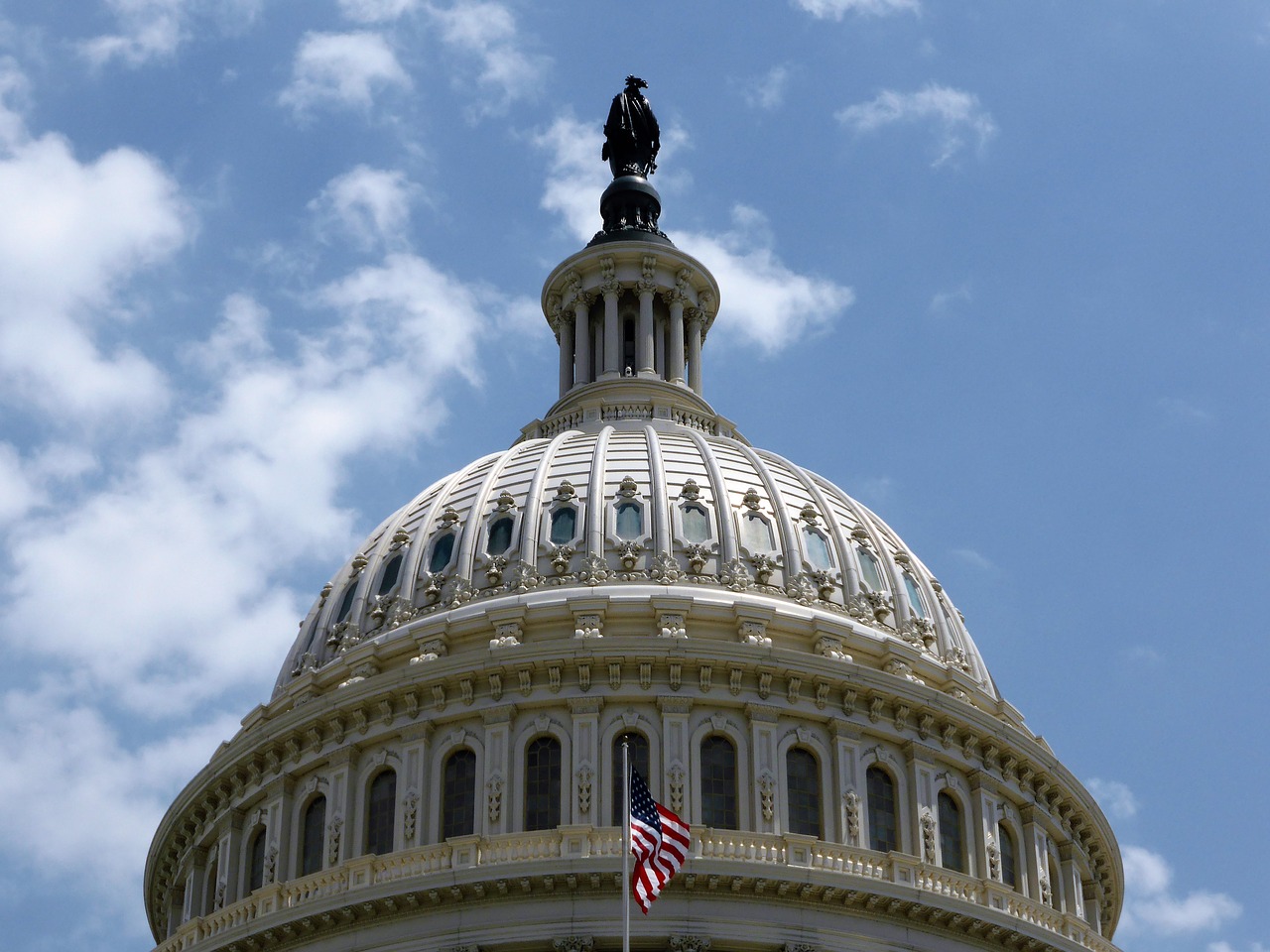Viewpoint: We Are Losing Sight of the Purpose of Higher Education
The Trump administration announced plans to merge the Departments of Education and Labor on June 21.
One of the main goals of the proposed Department of Education and the Workforce would be to create an “education-to-career-pipeline.” This proposal falls in line with the current administration’s emphasis on career technical education.
“The workforce development program consolidation would centralize and better coordinate Federal efforts to train the American workforce, reduce administrative costs, and make it easier for States and localities to run programs to meet the comprehensive needs of their workforce,” the Executive Office of the President stated in a report.
It may seem practical to consolidate the Departments of Education and Labor if the main goal of education is to “meet the comprehensive needs of the workforce.”
Isn’t there more to education though?
Institutions of higher education exist to prepare students for life after graduation. But this does not only mean life in a vocation. Especially for students interested in pursuing an education in the arts, humanities or social sciences, merging the two departments would likely be detrimental to their education.
The skills students acquire in literature, sociology or political science courses typically are much less tangible than those obtained in computer science or business management courses. Few would argue that it is less financially practical to pursue one of the latter careers.
That said, humanities and social sciences students are often those most likely to question greater political, economic, and social systems and propose alternatives. The ability to grapple with these issues is crucial, especially in the current climate.
Funding for Humanities and Social Sciences departments at universities across the country has been steadily decreasing since the mid-1990s.
With the current administration’s focus on career technical training, the merger would likely perpetuate this trend even more significantly.
Merging the two departments would make it easier for the Trump administration and future conservative governments to allocate less funding each to education and labor while maintaining the appearance of a stable department.
Federal student loans, funding for K-12 education, funding for the Bureau of Labor Statistics, and the enforcement of minimum wage laws in the workplace and federal civil rights laws in schools could all be at risk for budget cuts if the two departments were to merge.
If the public higher education system in the U.S. continues to support vocational training, STEM and finance programs while hanging humanities, arts and social sciences programs out to dry, we will see the academic offerings of higher education become more homogeneous.
We will also see opportunities for social change dwindle.




